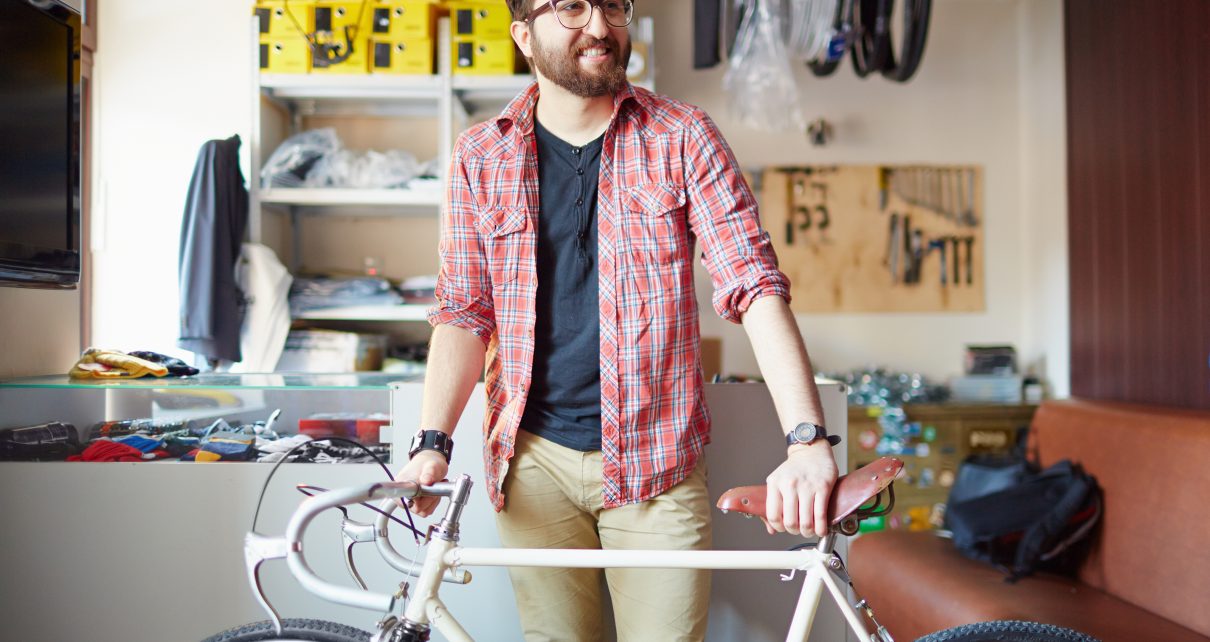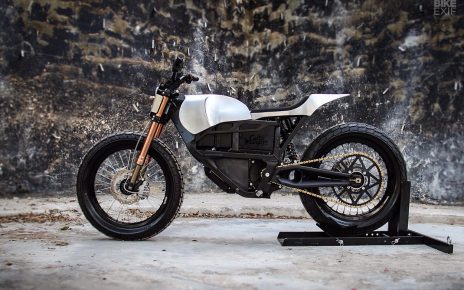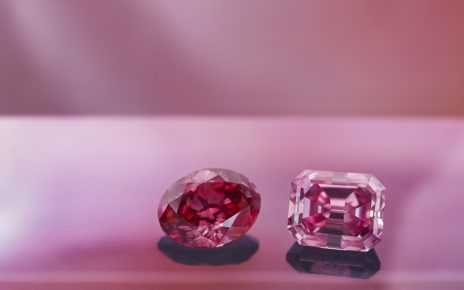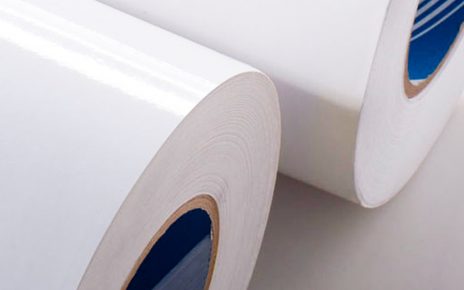Wear a Helmet – Purchase from Maitland Bicycle Shop
Get the proper helmet. All helmets aren’t created equal. Like numerous other things in life — you get what you buy, and your brain isn’t something to scrimp on. A new, proper fitting, well-made helmet is important. Knock off helmets are available everywhere on the web, so if the helmet you’re watching is priced “too good to be true” . . . it probably is.
Wear it right.
Always try a helmet before you purchase it.
- It should fit cozily and safely, while sitting level, on top of your head. Helmets accompany sizing pads to assist you to adjust how snug it fits. It should be comfortable, but not wiggle (and you ought to not be ready to fit a finger in between your helmet and your head).
- If you’re unsure if your helmet is sitting correctly on your head, you ought to be ready to place only two fingers in between your eyebrows and therefore the top of your helmet.
Place the helmet on your head, and confirm the 2 side straps create a Y shape over your ears and clasp under your chin. Pull the strap tight enough to make sure you’ll only fit one finger in between your chin and therefore the strap.
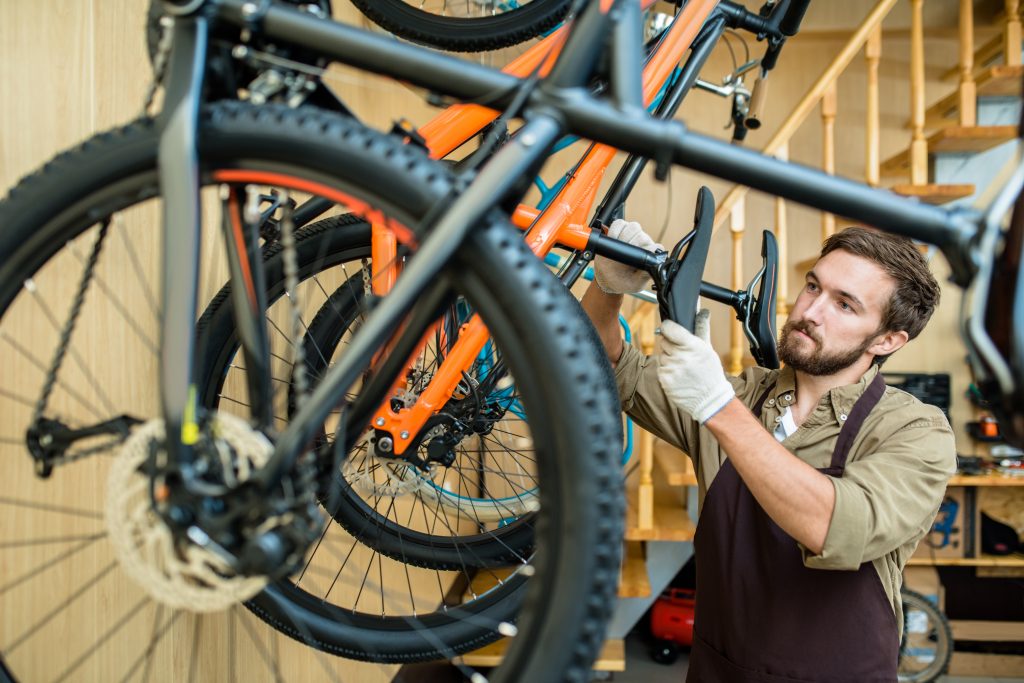
Be Road Ready
As significant as your head protector maybe (did I notice that is the chief significant thing?), it’s additionally critical to ensure that your bike is ready for you to ride.
If you bought your bike from a motorcycle shop, your seat and handlebars should already be adjusted properly, which is a crucial initiative. (If you buy a flat-packed bike and it must be assembled, I suggest paying a motorcycle shop to place it together for you. One mistake building your bike, and your whole body may pay the worth.)
After that, there are a couple of belongings you should check to form sure your road-ready before every ride.
- Check your tire pressure
- Confirm your wheels, seat, and handlebars are secure.
- Check your brakes.
- Always travel prepared.
Bike Shorts and Jerseys
Bike shorts aren’t always the foremost flattering look; however, if you propose riding your bike for quite 10 miles, your butt won’t care what you appear as if. Even the foremost comfortable of saddles can create discomfort when riding for brief (or long) distances. Bike shorts accompany built-in padding over the rear-end. this may help your body feel easier as you grow.
Clip in! Or Not
Bicycle cleats are the hardware that will attach specialized bicycle shoes to matching pedals, keeping your feet securely attached to your bicycle.
This concept can seem intimidating initially, but the advantages are incredible. Pedaling without cleats (in sneakers) you simply have the power to down on your pedals.
There are different sorts of cleats and shoes, so after doing touch research on your own, your Maitland bicycle shop can assist you to find the cleats and shoes which will be the simplest fit for you.
Be Extra Prepared (beyond your roadside repair kit)
Before you head out on your next bicycle adventure, confirm you bring a couple of things with you for safety, to form your life easier, and to make sure you’re prepared for all situations.
Riding Long? Fuel Throughout the Whole Ride
When you’re happening an extended ride, fueling properly is often the only most vital thing you are doing. So what proportion does one need?
A good rule of thumb is to estimate that you simply will burn 50 calories per mile. If you propose on riding 30 miles, meaning you’ll spend to (or more) than 1,500 calories.
That seems like tons of food to hold, so you’ll start with consuming 50% of the calories you burn and adjust as required. it’s going to take several rides to work it all out, but over time you’ll learn what your body wants and wishes.
Make Friends together with your Front Brake
Your front brake, when used properly, will slow your bike to a stop much quicker than the rear brake alone. The front brake is more powerful to assist stop the upper speeds of a road bike. Skidding your back tire is that the least effective thanks to stopping and can affect your tires.
Tenderly pack your front brake switch to ease back your bicycle to a stop. Try not to yank your front brake switch excessively fast, or your wheel will bolt. Practice using your front brake when on a transparent road and not riding with others. find out how it feels and the way quickly your front brake responds. When in an emergency, you would like to be prepared on how your front brake goes to reply.
Learn to Use Your Gears
Most road bikes have between 18 and 22 gears (that may be a lot of options!). The lower the gear, the better it’ll be to spin the pedals, especially uphill or into a fierce headwind. better gear will propel you forward faster; however, this is often a harder gear to push and requires more effort.
As you ride, adjust your gears to make sure they match your elevation and wind changes. Learning to use the right gear at the right time takes practice, so get to understand what feels right.
Learn the principles of the Road
By now, you’ve got done an in-depth amount of labor to be prepared to hit the road. Are you able to go? I am! But first, you would like to understand the road rules. you ought to check your local laws regarding bikes, but here are some fairly common laws regarding road cycling.
Learn to Ride during a Group
Group riding is such a lot fun! Meeting fellow cyclists, having a bunch of friends who want to travel exploring with you. What might be better? If you are doing not know of any group rides in your town, check your Maitland bicycle shop or Facebook events page. Maitland Bicycle Shop often lead longer group rides on the weekends and shorter training rides during the week.
Riding during a group requires a touch of practice. Before you head out with a gaggle of individuals, confirm you are feeling comfortable and assured on your bicycle. Are you comfortable riding during a straight line? When riding during a group, there could also be people on your right, left, in front, and behind you. Maintaining your speed while staying during a line becomes even more important.
Might also read: Physiotherapy : Best Strengthening exercises


